Kumkapı is a neighborhood known for its central square filled with fish restaurants which lure in tourists. Outside this overflowing plaza and up through the windy ravines of streets that branch out from this reservoir of rakı, mezes, and fresh fish is evidence of Istanbul’s diverse ethnic and religious origins. Still boasting a large Armenian population, it also possesses some of Istanbul’s most original churches and mosques.
On my trip I came from the seaside at Yenikapı and I think this is the best way to encounter the neighborhood, though it’s probably the opposite of what most people do. When you cross the concrete underpass by Kennedy Caddesi you’ll encounter the Armenian Patriarchate and a large Armenian Orthodox church called Surp Vortvos Vorodman Church (The Children of Thunder Church). The outside of the church boasts Armenia’s elegant, flowing script engraved onto the walls, while the inside consists of perfect white marble with gold and garnet accents that remind me of the color schemes of a film about ancient Rome. Together, these locales represent much of how the neighborhood looked pre-WWI Istanbul with an infusion of traditional architecture from the Ottomans mixed with Armenian Apostolic style.
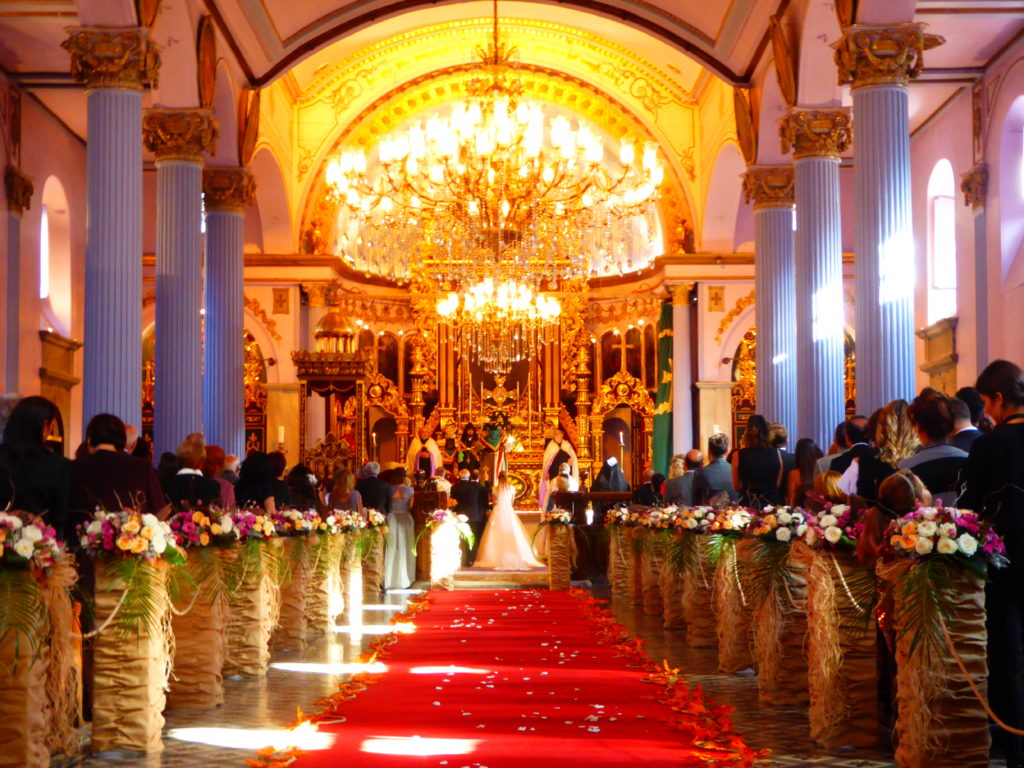
As you walk one more block inland you’ll notice a stark contrast in the upkeep of the buildings. From ornate and sparkling white churches to run-down homes and shops – business spills into the street, where you can find a plethora of supplies. Anything from socks to booze, and even pork, can be haggled for while strolling through the lanes. Make sure to grab some fresh fruit from the street vendors for your walk. For those of you that prefer wandering the side streets of neighborhoods to get an idea of one of the many microcosms of Istanbul and their inhabitants’ everyday grind, then this will be the most fulfilling part of your trip. It’s filled with many welcoming and kind people who weren’t aggressive when trying to sell me something, which was a nice change of pace.
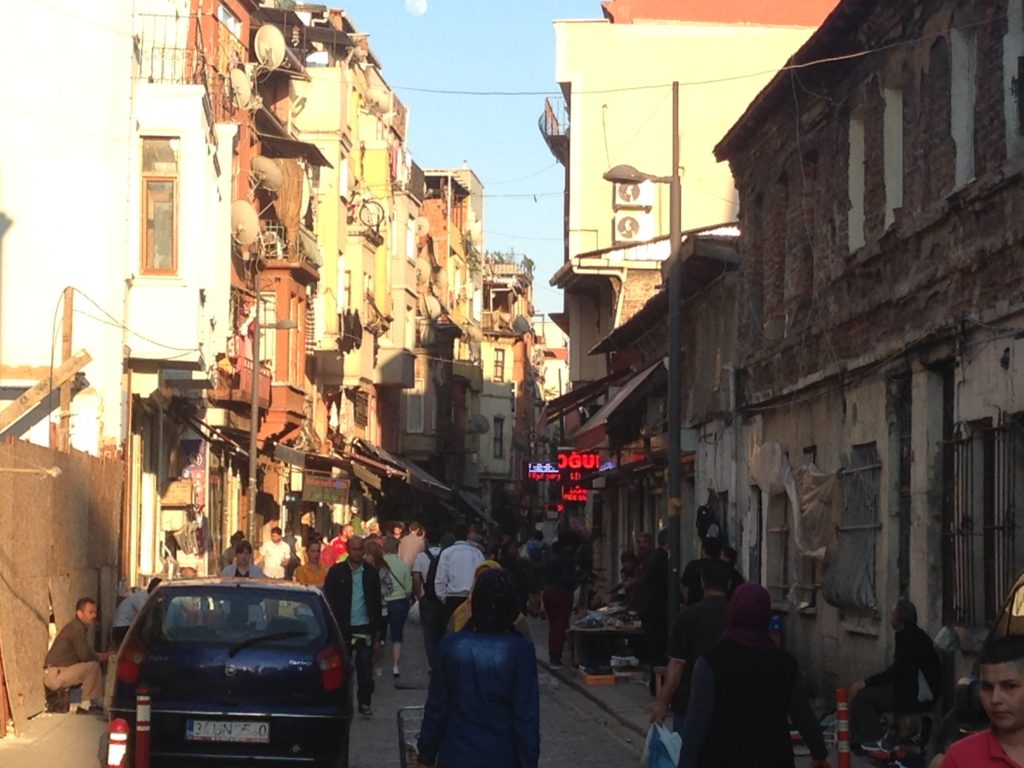
The walk should take you further up the hill towards Beyazıt and Meryem Ana Kilisesi or Church of the Mother Mary. Unassuming from the side, with a plain brick wall, this recently restored building is stunning on the inside and has a gorgeous classical exterior that helps it sit like an island oasis in a concrete sea of dilapidation and gentrification. If checking out old churches is your thing also take a look at Aya Kiryoki and Rum Kilise – larger and grander structures but without the same romantic air to them.
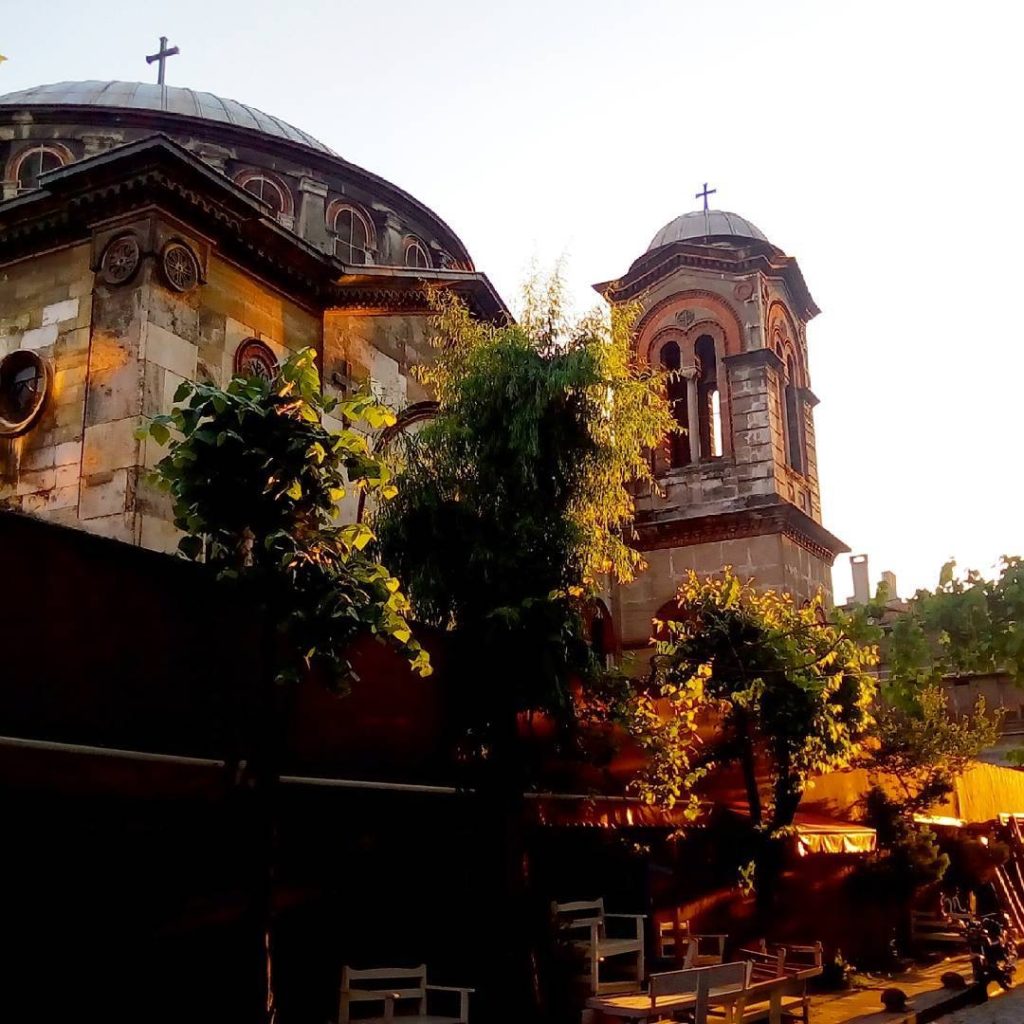
Turn towards Sultanahmet and you’ll run into the main square that’s filled with restaurants and not-so-passive waiters trying to get you to sit down. Kumkapı Historical Restaurant is the most famous, but I’ve yet to eat poorly here. You’ll have to deal with the usual hassling outside. Still, if you’re hungry, this section of the neighborhood will leave you with the most iconic of experiences.
Once you’re refueled, head out towards Marmara University’s campus and check out Sokollu Mehmet Paşa Camii. It’s just past the police station and breathes that classic Ottoman approach. Check out the courtyard if open, and then the interior, which has a piece of the Kaaba inside. It also houses a madrassa for children from all over the country, who you can see sprinting from their dorms downstairs to get to their lessons. Chat with the caretaker, who speaks enough English to give you an idea of the history and meaning of the place, he’ll also make sure to throw in pictures of all his family while telling you.
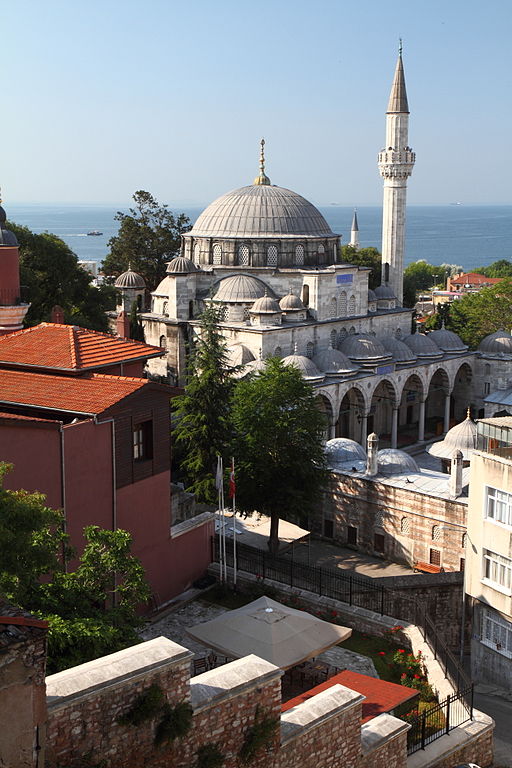
When you finally get a word in, ask him how to get to Küçük Aya Sofya and he’ll point you there. Close to Sultanahmet, you’ll come across the church-turned-mosque that actually predates the larger Aya Sofya by a year – being finished in 536 AD – and was used as a template for the much larger and more famous follow up. Due to Islamic law, all the interior mosaics have been covered, but the current interior’s design can be traced back to as early as 1506.
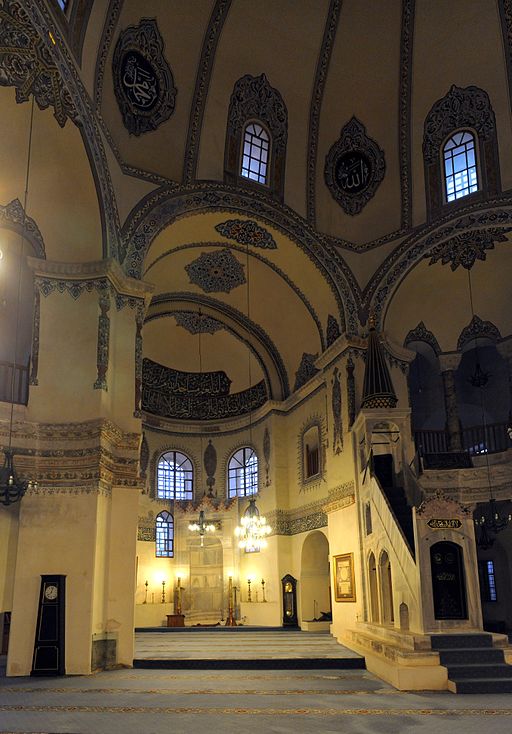
From here you can follow the path near the water or the streets next to the parks and end at Bukoleon Sarayı, the remnants of a palace from the 5th century. It was one of the few palaces still standing when the Ottomans sacked the city, and a wall remains to this day. It’s a last little photo-op before heading back into the much more dense Sultanahmet district.
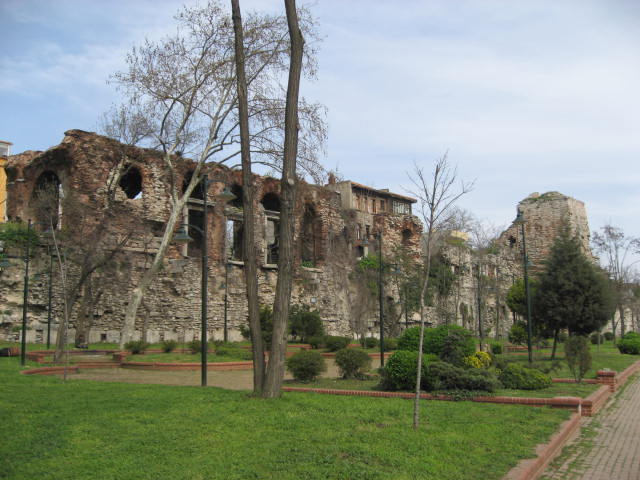










The writer seems to use “Ottoman” architecture to distinguish it from Armenian – when, in fact, most of the great remnants of Ottoman architecture are Armenian – look up Mimar Sinan and the Balyan family.
Miriam, what about Roman and Greek architectures? You think 700 years of Ottoman architecture is Armenian?!